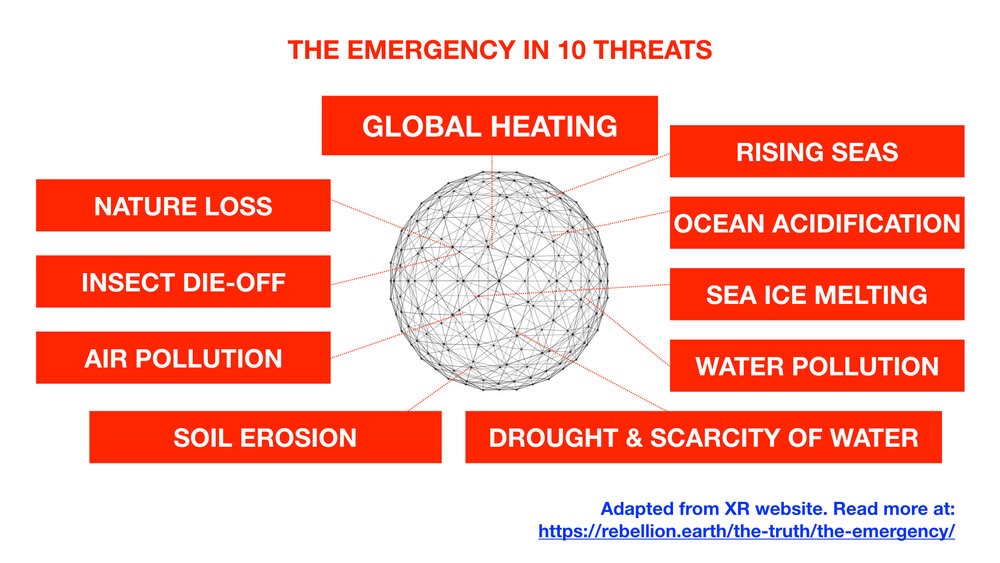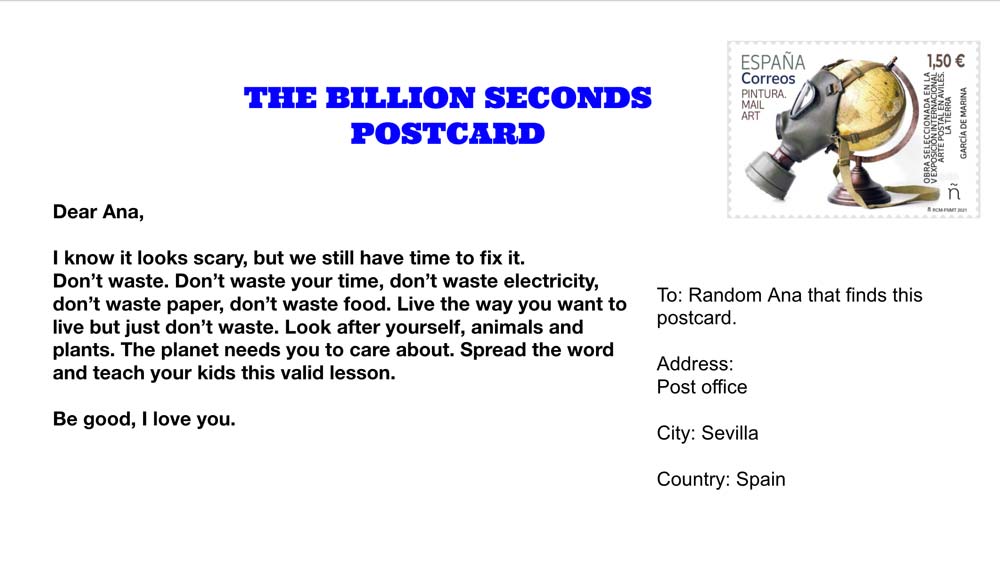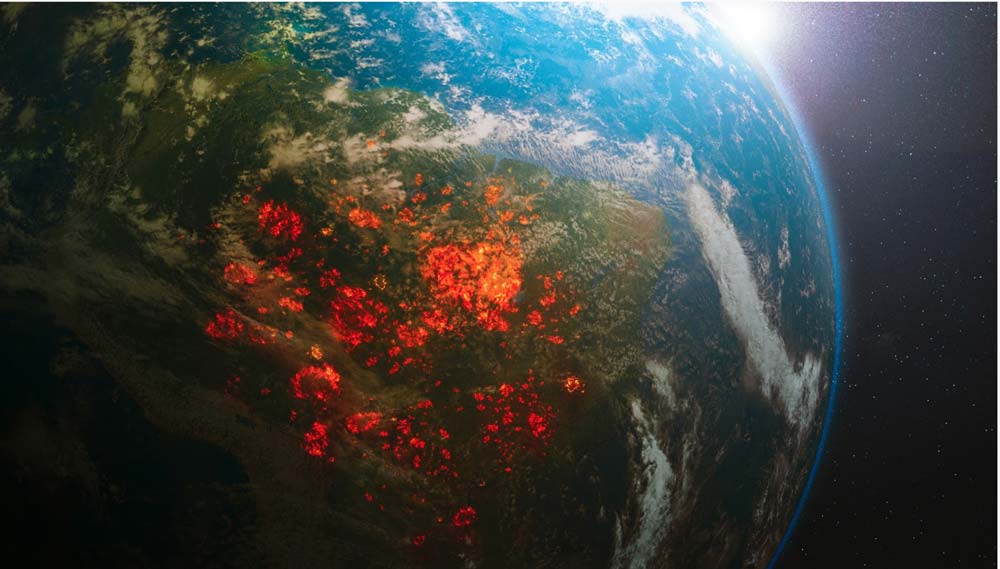Getting back to reality, after the holidays, through online classes was a bit hard. I think that this seminar was very well carried out to be taught online thanks to the great presentation skills that Andres Colmeneras has. Even though it is difficult for me to pay attention to the screen for a long time, Andres made it so enjoyable as well as interactive.
Understanding futures as plural was a concept that I remembered being introduced to us by Mariana and was brought again to the table by Andres. Futures in plural to plurify concepts as technologies and the internet. Futures are there to be invented by anyone and everyone, understanding them as a narrative with intention. Futures are supposed to be our main objective as designers and yet many of us felt that we haven’t talked much about it.
This week was about practising our collective imagination. From a technological point of view to an existential perspective. Keeping also in mind the IAM motto: In randomness we trust. As we learned during this week, questions are a design tool to lead us in our ways as designers. I would like to use this week's reflection as a tool to reflect and design for the futures, so I will write down all the highlights that I found interesting and I would like to get back to.
Reflection as a tool to reflect for the futures:
➡ What futures do we want to remember one billion seconds from now?
➡ How does such a complex system as capitalism affect our own desires?
➡ How a certain framework shape behaviours in different cultures?
➡ Dive deeper into the way we make decisions. Designing for critical thinking.
➡ Feeling and being hopeful becomes a subversive act.
➡ Interdependencies - a concept I would like to dive deeper into since it reminds me of the concept of Intercommunities collaboration, what I brought up during design dialogues as an approach I would like to take for my future projects.
➡ Energy alternatives - alternatives communities - Degrowth. More concepts I would like to take from this course to my design space.
➡ How would I define future? Dreaming about alternative situations that are directly related to the present. And how we dream about these realities in another version of the world and society.
➡ What is everything? The lack of void and the void.
Following this idea Andres introduced us to The Everything manifesto: A thought experiment for the next billion seconds.
A proposal for (re)designing tools and systems to better understand the complexity of the interrelationships and interdependencies between the digital economy and the environmental emergency.
➡ A world in words, how we design narrative to shape new futures. The importance of the words we use. A world in words, is a sentence that really resonated with me and my desires of using reflection as a tool and being able to properly communicate my ideas when writing.
➡ Design as a very broad decision making practice. That’s why they use it only as a verb.
➡ Designing for systemic changes not solutions. Make better everyday choices.
➡ Climate change is just one symptom of a complex environmental emergency. I really liked that Andrés brought to the table that concept that I’ve been trying to implement in my speech about the ecological collapse since I heard about it from Extinction Rebellion, an organization I’m part of. The group breaks down an emergency that goes far beyond a “climate change” in 10 fact-based and interconnected threats to life in Planet Earth:

What if...???
We generally understand Billion about money, what if we talk about billions of lives or billions of sentient beings?
When we talk about the cloud as referring to a network of data-centres is a problem.
What happens when billions of humans, spend billions of seconds using billions of smartphones, concentrating money and power in the hands of a few billionaires who run corporations that manufacture billions of devices made of rare minerals used to extract and process billions of data points in data-centers that consume billions of kilowatt-hours of electricity generating billions of tons of carbon emissions?
Designing for Humbleness - We cannot save the planet, but we can care more about it.
Designing for responsibility - Make the governments account for their responsibility for the Environmental Emergency. We need to address the problem properly. One alone cant change the situation but we have the individual responsibility to create a global consciousness.
Designing for empathy and Tolerance - Look at difference, differently - Eduard Glissant. The problem is not to be different. The problem is that we compare and see ones better than others. Instead of what makes us unique.
Designing for solidarity - I don't believe in charity. I believe in solidarity. Charity is so vertical. It goes from the top to the bottom. Solidarity is horizontal. It respects the other person. I have a lot to learn from other people - Eduardo Galeano
The billion seconds institute.
I think for me it's very important to see how interrelated all these concepts are. Seeing them as steps to build on up for better designing practices. If you have humbleness you can see the responsibility therefore empathize with others to finally be solidary and learn from others taking part in the community.
Following the collective imagination approach we worked in pairs on how we imagine our routines in one billion seconds from now, and we all shared our ideas in class. It was really interesting to dive into others' imaginations and to see the patterns of desires and fears of the futures. I personally found it really helpful to even know myself better.
Wtf is the internet?
The internet is a virtual space that holds all kind of information to be shared freely. In this space humans can connect with others in the fastest way know. It allows information to be expressed in images, sounds, texts, videos,... It’s used for both entertainment and work, for many it has became a basic necessity.
Wtf is time?
Time is relative. Humans use it to keep an order to the events happening in life and quantify them. Not all living being understand time the same way. I personally always have had a distorted view of time, I’m usually late and time passes faster than I think, in my head I can always do more things in an hour that what an hour actually lasts. I don’t like time.



I chose Indya Moore as a TIME person of the year 2052. She is a transgender actress, model and activist.
I chose her because she will be hypothetically elected the first trans and black president of the USA, I wanted to represent progress in a more inclusive futures societies.
Degrowth at IAM festival by Giorgos Kallis
Some interesting intakes:
Is green growth possible? Growing the economy while reducing environmental impacts to sustainable levels.
Jewans Paradox - The more efficiently we use a resource the more of the resource we end up using. If we use something more resource efficiently we might end up using more of it rather than less.
Infinite growth of experiences in the metaverse. Much more growth without a lot of ‘’resources’’ because of a fake reality and the money goes back to the real world. But what about the energy it needs? The CO2 it generates?
We need a dramatic reduction of energy consumption.
Redesign the system - Degrowth. Live better with less.
Collective imagination of Post-National cities made of words, poems and visions
Our group was designing a city in a billion seconds from now in the world of Identity and design. We chose Jakarta, as it is one of the cities most likely to be sunk in the next few years due to the rising sea levels.
In a billion seconds from now, the citizens of Jxkxrtx will be living all around the world. And would have a sense of belonging only on the metaverse. The mayor of Jxkxrtx is a digital AI person from the metaverse. We helped us with the text generator tool GPT3 to generate the randomness we were seeking for our speech. Taking the best of the outputs we wrote a speech that was later feeded to an AI video generator to visualize our mayor.